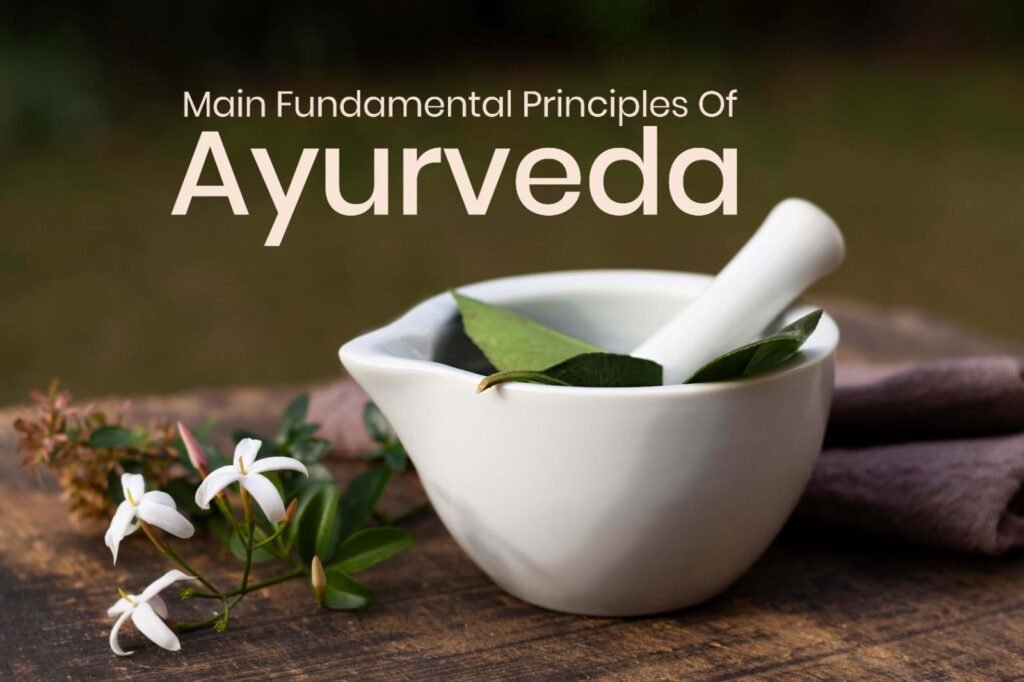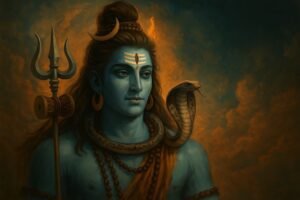Table of Contents
ToggleAyurveda is an ancient soothing system from India, more than five thousand years back. It is combined of two Sanskrit words, Ayur (life) and Veda (knowledge). Contrary to modern medicine which considers symptom treatment almost exclusive, Ayurveda is an art of keeping the person in equilibrium in his body, mind, and spirit in order to prevent complications from the organism
Principles of ayurveda involves the concept of three doshas: Vata, Pitta, and Kapha, which are energies that constitute the actual person and balancing 5 elements Akasa(Space),Vayu(Air),TejaorAgni (Fire), Jala (Water) andPrithvi (Earth). The co-mingling of these energies in various proportions makes each individual differ from another with health attributes and individual personalities.
The Three Doshas: Vata, Pitta, and Kapha
The whole Ayurveda system is built upon the concept of three (3) doshas. These are basically bioenergies functioning on the physical and mental aspects of the body. There are or have been three major doshas – Vata, Pitta, and Kapha- each made up of two out of the five elements: earth, water, fire, air, and ether. These doshas will be combined to find out an individual’s constitution or prakriti.
- Vata is composed of air and ether. It controls the movement, circulation, breathing, and nerve impulses. Those who are dominantly Vata will have the attributes of being energetic, imaginative, and quick-witted; however, they suffer from anxiety, dryness, insomnia, etc., when out of balance.
- Pitta contains the parts of fire and water, and it controls digestion, metabolism and body temperature very well. Most Pitta people are intelligent, concentrated, and quite engaging, but may become irritable and develop inflammatory signs or have digestive difficulty when they are out of balance.
- Kapha comes from earth and water. It gives the body stability, strength, and nourishment. They are calm, nurturing, but can become lazy, when they are out of balance.
An individual’s dosha can help one know what diet, lifestyle, or treatment is suitable for balancing it. These are included in the basic principles of ayurveda.
Agni -The Digestive Fire
The next element in 5 principles of ayurveda, there appears to be a rub between Agni and “digestive fire,” which, in Ayurvedic terms, refers to metabolism, digestion, absorption, and assimilation of food and nutrient matter; good health is founded upon Agni. When Agni is strong and balanced, the body digests food well, absorbs nutrients without difficulty, and eliminates wastes without hindrance. In contrast, a weak or unbalanced Agni may lead to improper digestion, bloating, accumulation of toxins (ama), and several other health afflictions.
There are many working types of Agni in the body, but the chief one is called Jatharagni, located in the stomach and small intestine. The Jatharagni involves making a stronger body, clear mind, protects the immunity, and is willing to live. It is also conducive to balanced dosha, healthy tissue, and a glowing complexion.
Mindful eating can, therefore, become a pathway to keeping Agni strong by eating at the same time, freshly prepared foods that are in season, moderation, and rejection of processed food. Herbs and spices such as ginger, cumin, and black pepper, and water fasts or detox diets can also multiply Agni. So, Agni, in essence, is more than just a digestion function; rather, it is a symbol of change and life.
Read more – What is panchakarma in ayurveda?
The Role of Dhatus and Mala
There are seven Dhatus (tissues) in Ayurveda that are associated with the support and balance of the body through the proper elimination of Mala (waste products). Both are very necessary in the maintenance of health and vitality.
The Seven Dhatus (Body Tissues)
- Rasa: Nourishes all tissues and transports nutrients.
- Rakta: Responsible for circulation of oxygen and vitality.
- Mamsa: Strength and shape in the body.
- Meda: Lubricates and cushions organs.
- Asthi: Structure and support.
- Majja: Nerves come through to fill in the marrow and support the brain and nervous system.
- Shukra: Deals with reproduction and vitality.
Each Dhatu is sequentially nourished and thus supports the rest of bodily and immune functions.
Mala
- Types: Urine, feces, and sweat.
- Function: Toxins elimination, internal balance, digestion, and tissue health.
Proper elimination of Mala would ensure that these toxins (Ama) do not accumulate. They will cause imbalances and diseases upon poor elimination. Balanced Dhatu formation, as well as efficient Mala elimination, becomes important in the maintenance of the body, both healthy and disease-free, as per Ayurveda.
Prakriti and Vikriti
Ayurveda states that Prakriti is the natural constitution of the person resulting from the unique combination of three doshas-Vata, Pitta, and Kapha-at the time of birth. These dosha combinations determine the physical features, mental tendencies, metabolism, and behavior of a person in emotion. Prakriti does not change and serves as a constant blueprint for the health and wellness of that individual.
The other term, Vikriti, means that when there is an imbalance or deviation from the so-called normal state of the original constitution through diet, lifestyle, environment, or stress, it is called Vikriti.
For Ayurveda, it is multimalistically important to study both Prakriti and Vikriti for individualized wellness. Knowledge of Prakriti aids in understanding how one can shape one’s lifestyle, diet, and treatment as supportive modalities, based on one’s innate strengths and potential to go out of balance. Vikriti identification encourages the introduction of timely correctives in the forms of diet, herbs, and treatments.
Conclusion
Ayurveda has a very ancient and deep approach to health. The principles of Ayurveda including Doshas, Agni, Dhatus, Mala, Prakriti, and Vikriti enable an individual to take his/her own responsibility for well-being in a manner very personal to him/her and through preventive measures. With stress, poor diet, and environmental pollutants common these days, Ayurveda may never seem more relevant than today.
Are you ready to start a journey toward a more balanced and energetic life? Find more insightfully and practically applicable Ayurvedic wisdom in Hidden Mantra and Hidden Mantra Blogs-your portal to ancient healing in a modern world. Let Ayurveda lead you to your best self. Learning Ayurveda can bring more connection to the Indian traditional system. Study Ayurveda and curate your vision. Namaste!









